Aquatic Toxicity Testing
Cutting-edge bioluminescent analysis systems, leading in toxicity testing with unmatched expertise and innovation. Aqua Science delivers top-tier acute reagents and luminometer technology, backed by a dedicated team committed to quality.
Bioluminescent analysis systems from Aqua Science
We offer the latest generation of bioluminescent analysis systems from Aqua Science who are at the forefront of bioluminescent toxicity testing, offering unparalleled expertise and innovative solutions.
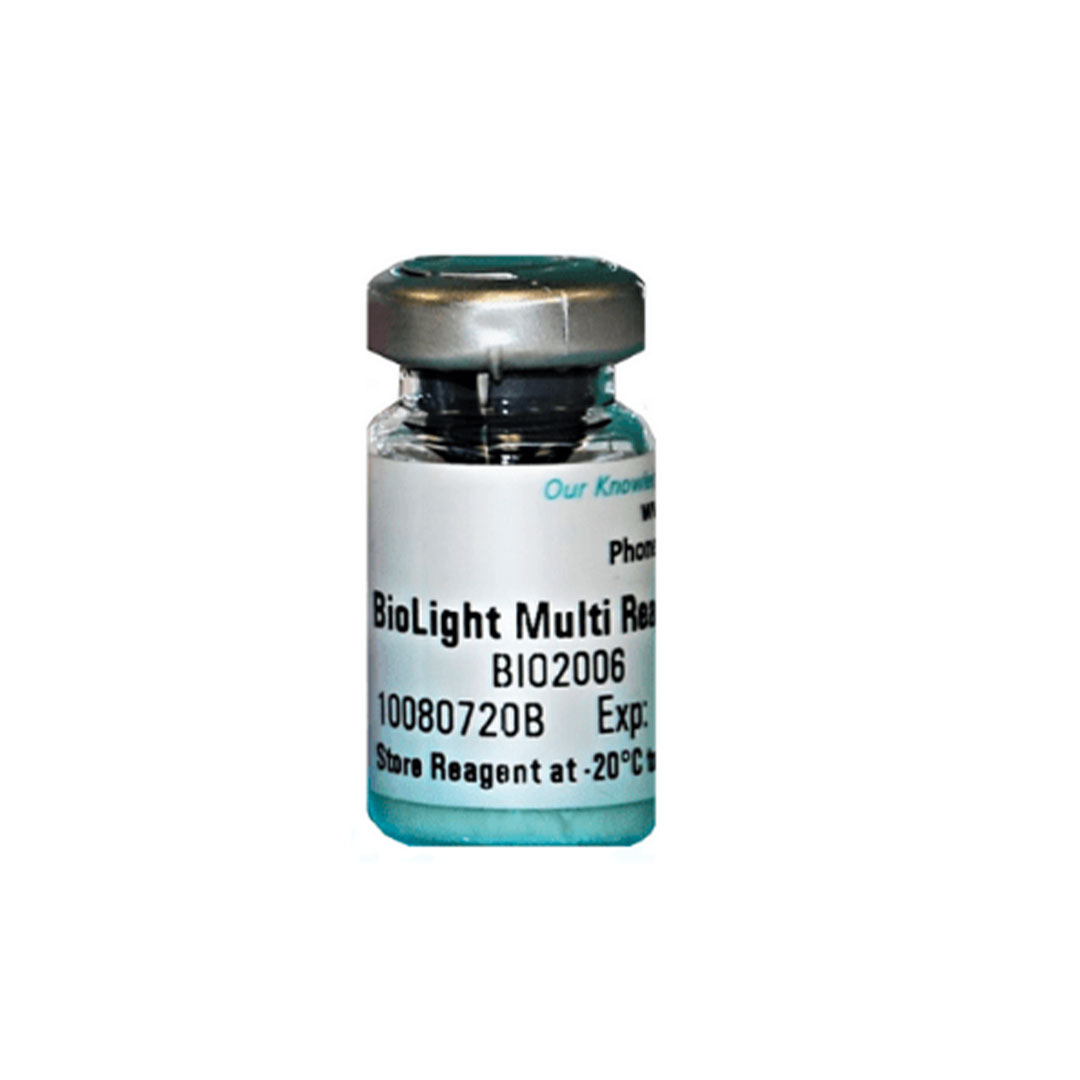
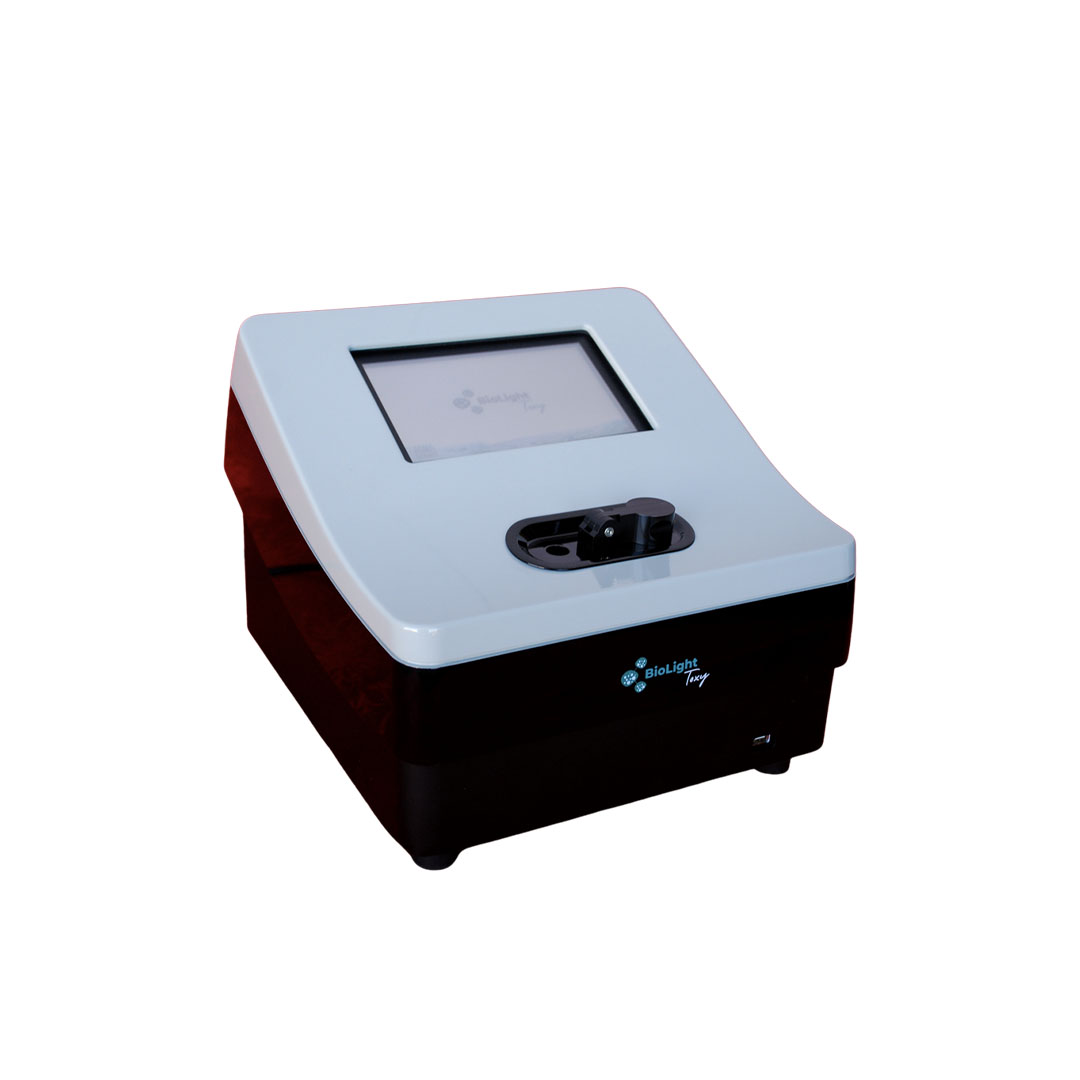
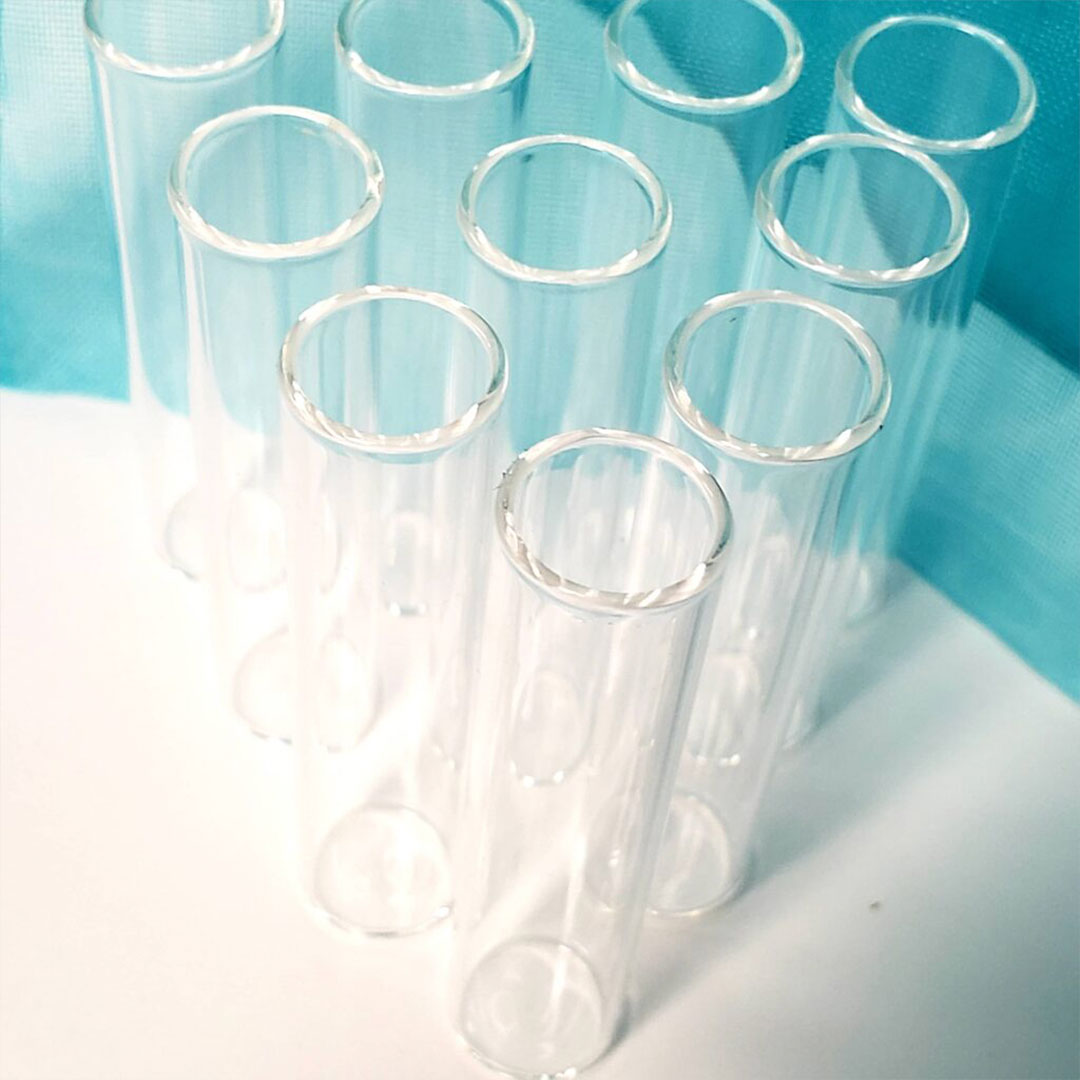
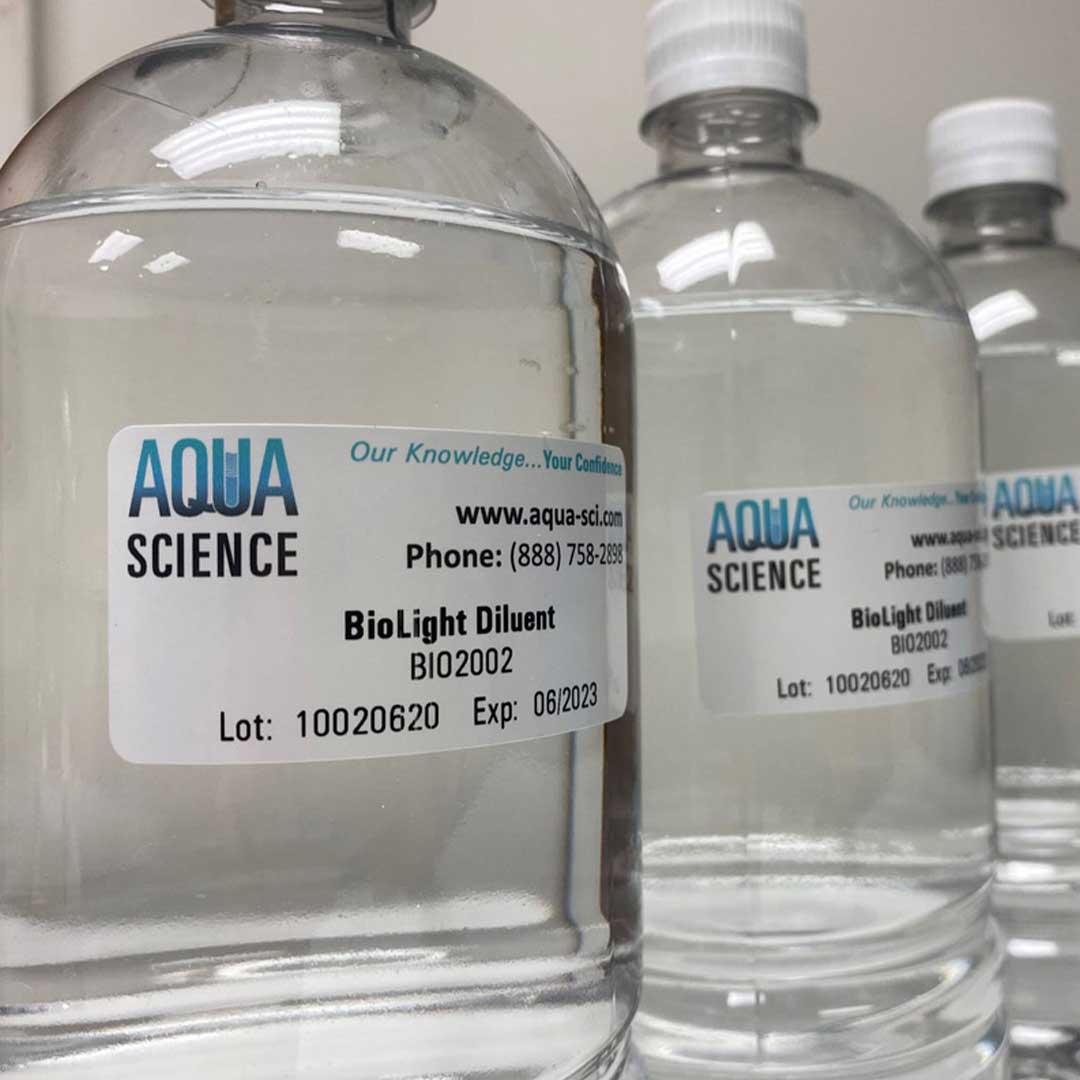
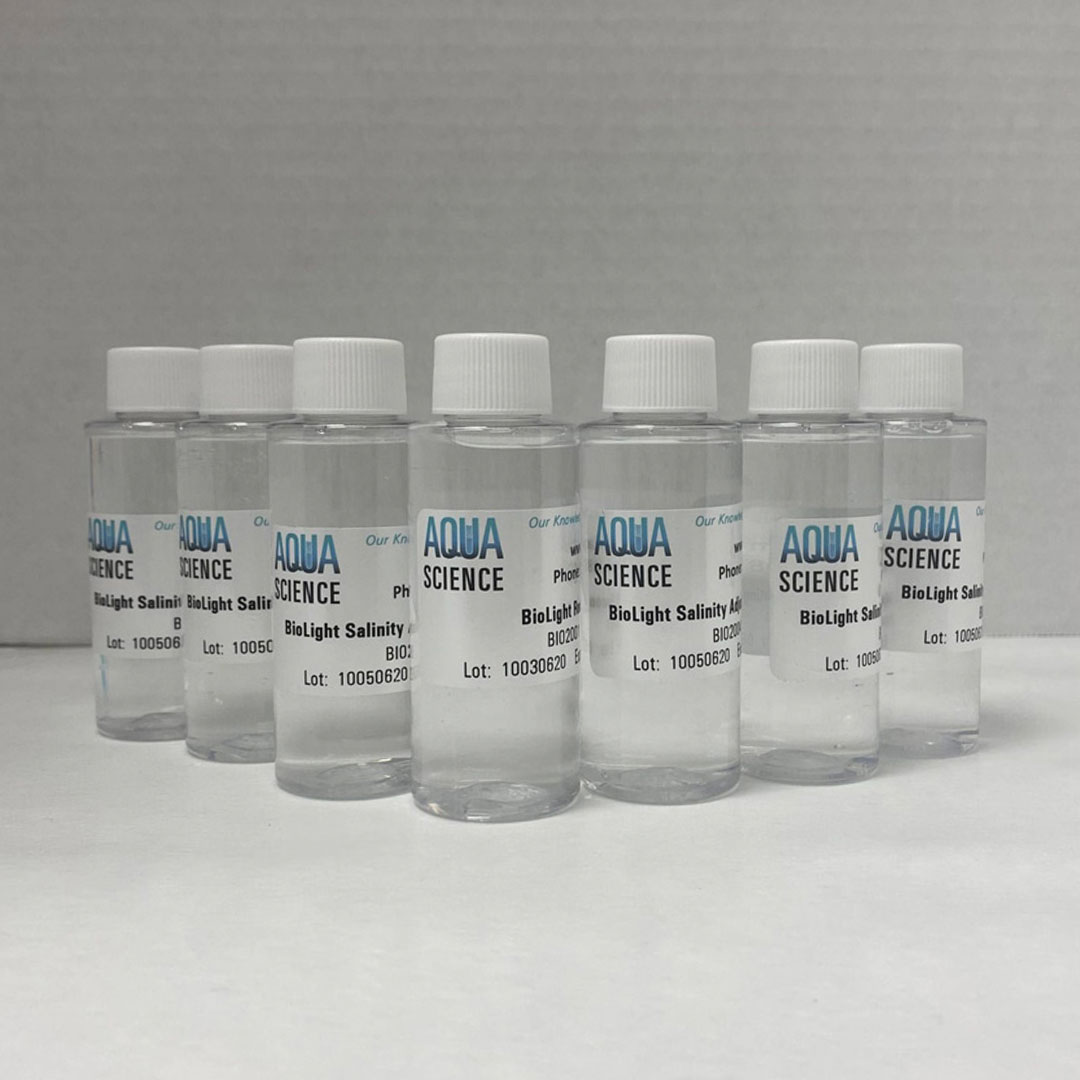
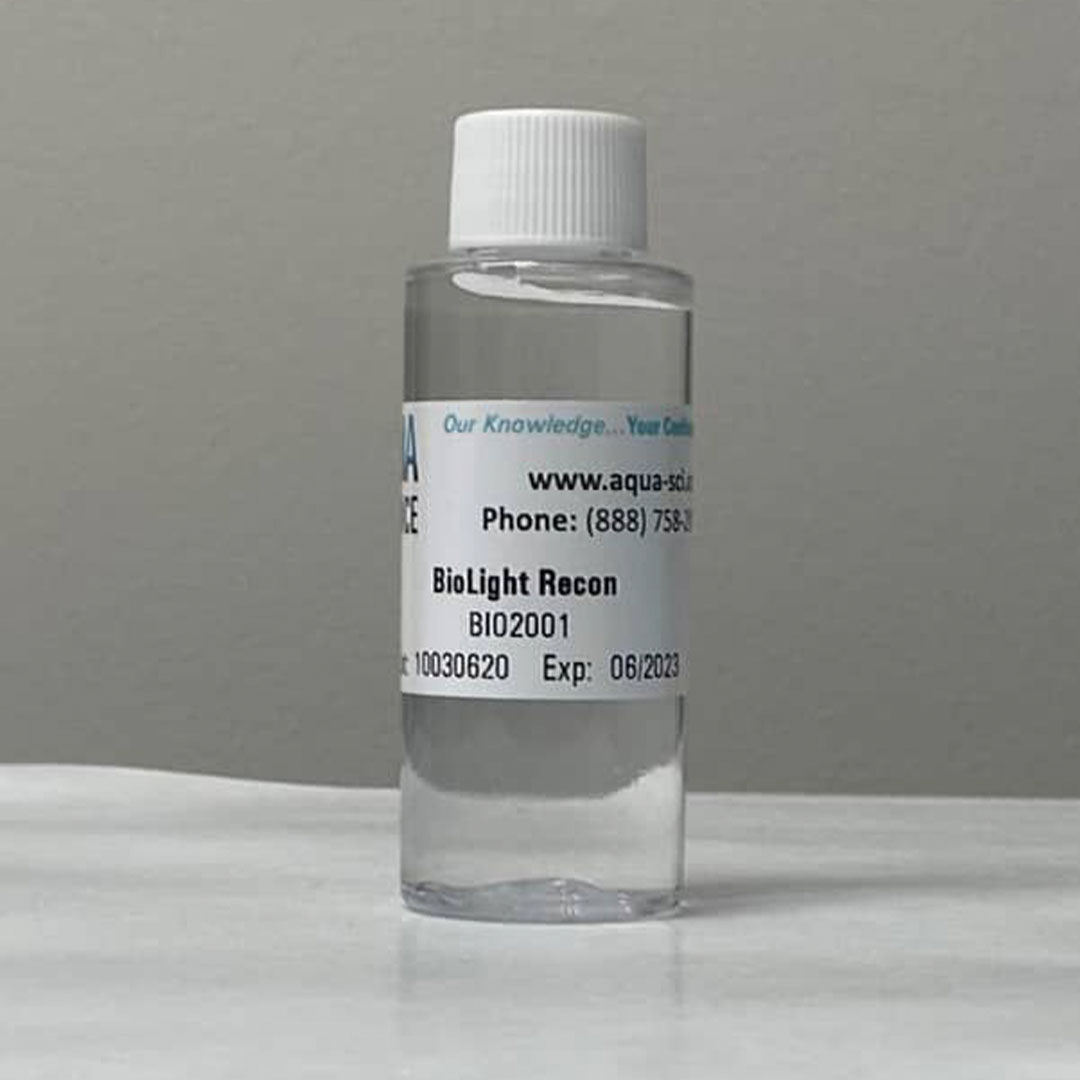






Introducing BioLight Toxy: The Future of Toxicity Testing
Experience the next generation of water toxicity testing with BioLight Toxy, a cutting-edge solution designed for accuracy and ease of use. BioLight Toxy, leveraging the power of Aliivibrio fischeri bacteria, offers a rapid, non-invasive, and reproducible method for detecting toxic substances in water, soil, and sediment samples.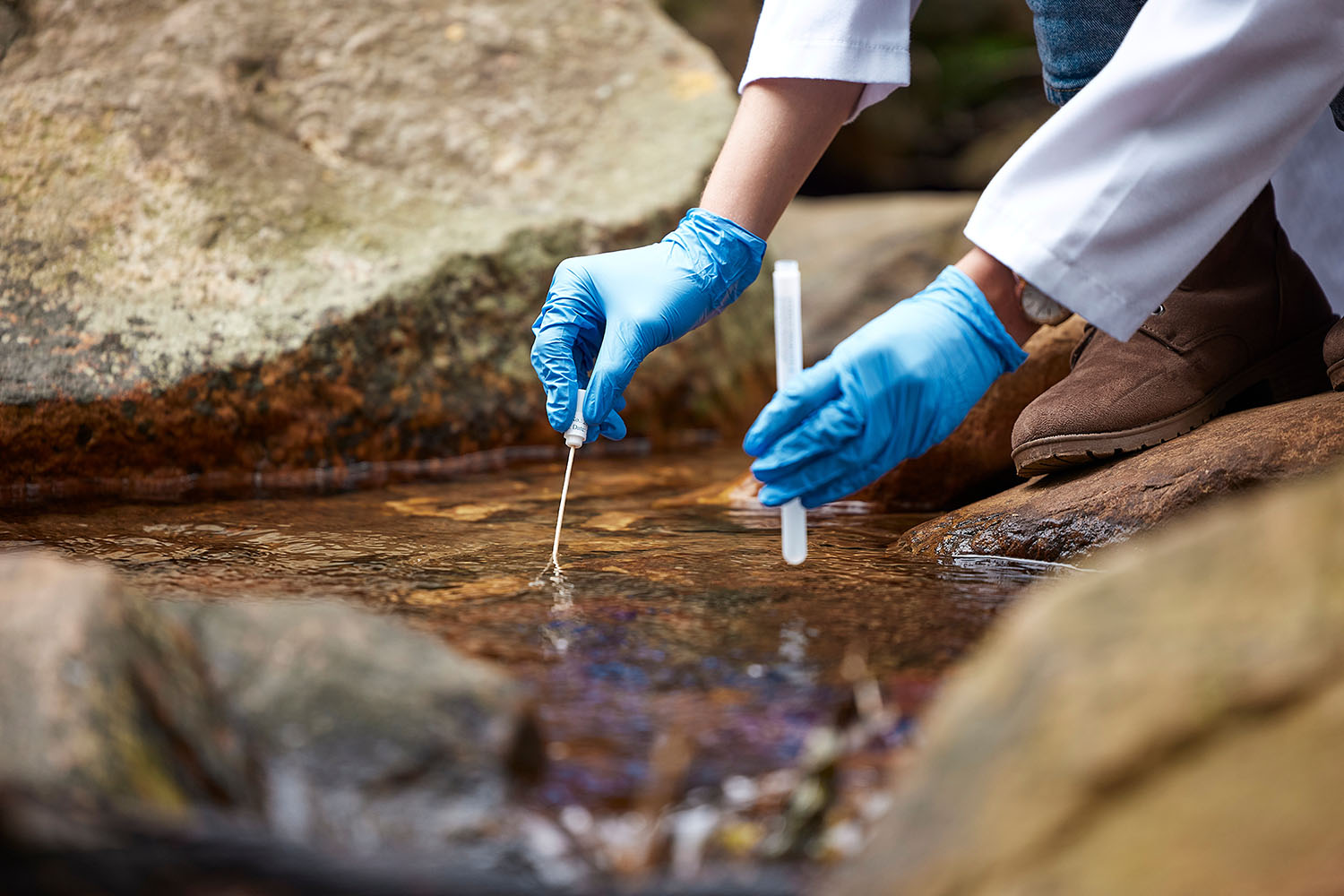
Products: Designed for Excellence
Aqua Science’s product line includes the BioLight Multi and Single reagents, compatible with various luminometers such as the Microtox Model 500, Microtox LX, Microtox FX, and DeltaTox. These products are crafted to meet the rigorous demands of environmental monitoring, providing reliable and consistent results.
Bioluminescent Toxicity Testing: A Revolution in Environmental Monitoring
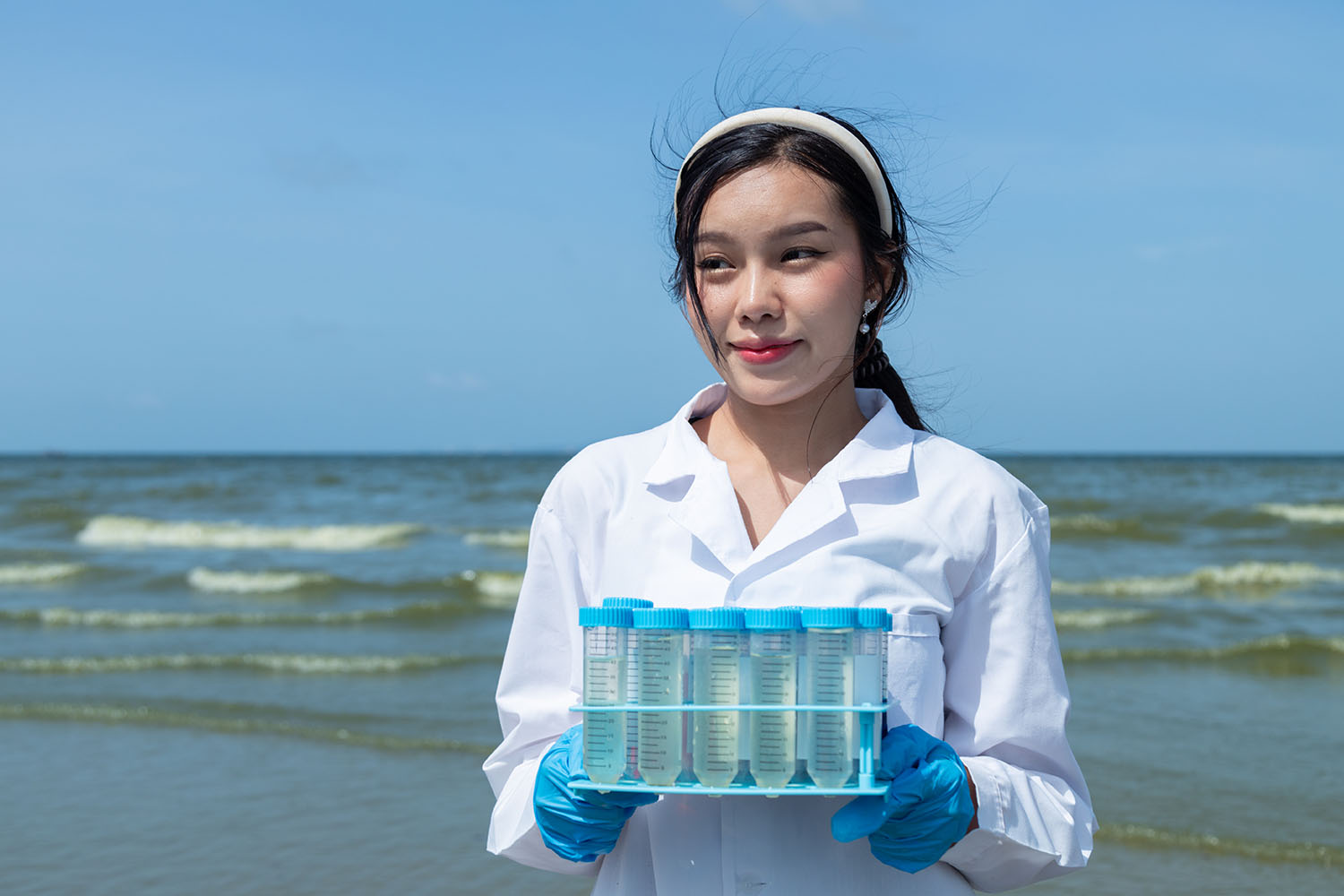
BioLight: One of the key aquatic toxicity testing methods
ToxKits: Broadening the Scope of Ecotoxicity Testing
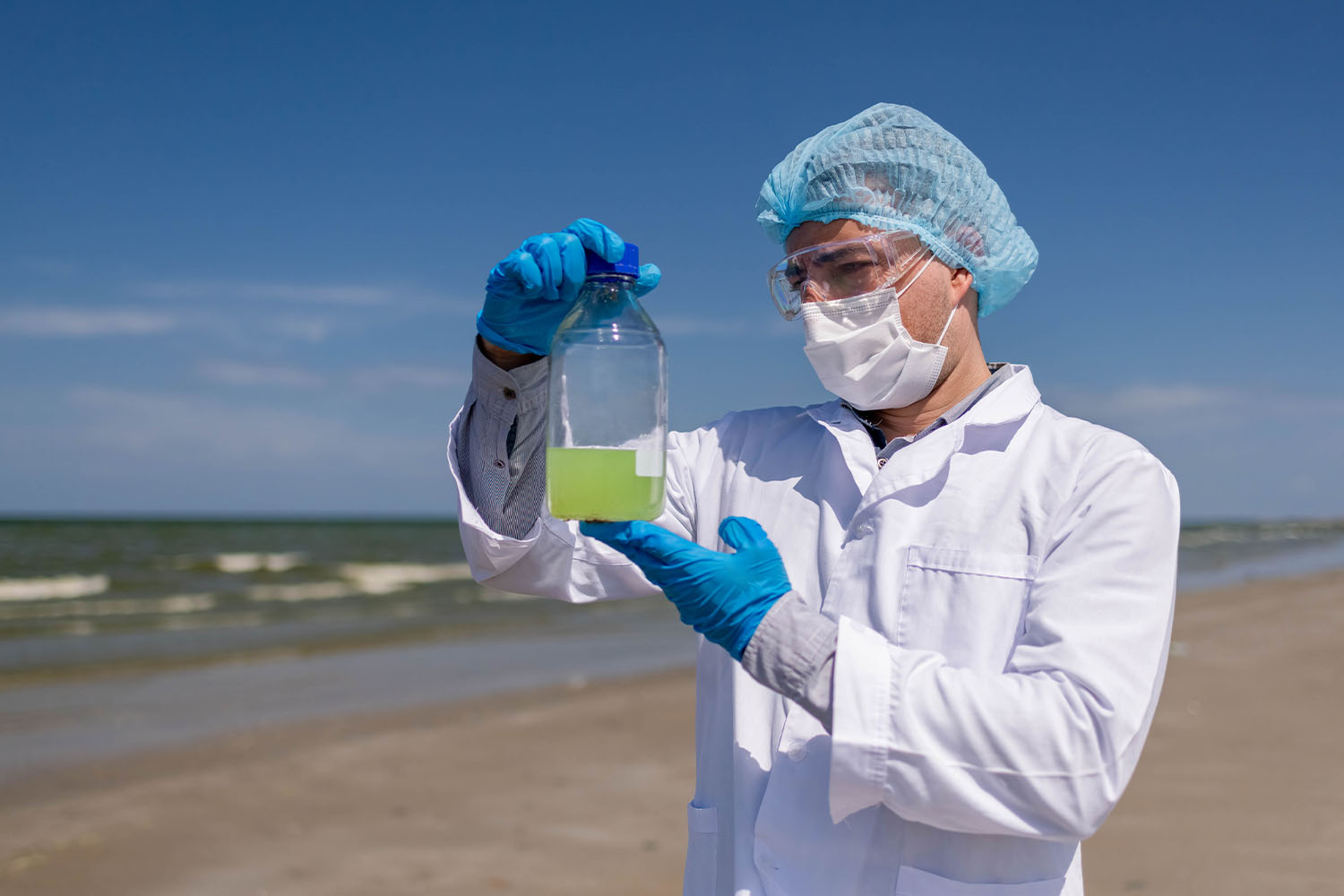
Expertise at Your Service
Serving Critical Industries
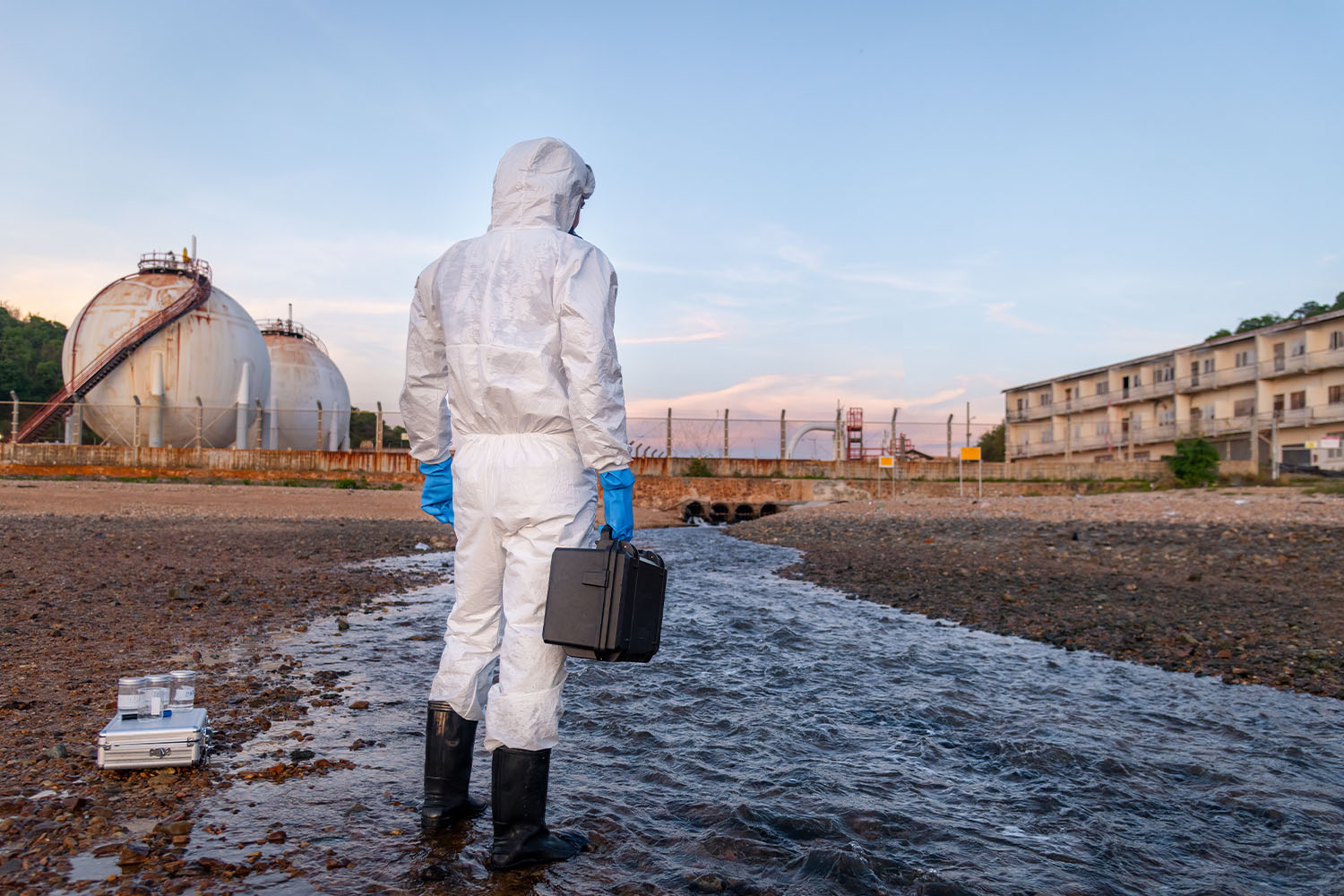
Drinking Water Safety: Our Priority
Wastewater and Industrial Water: Ensuring Compliance
Environmental Protection: Our Commitment
Supporting Research and Innovation
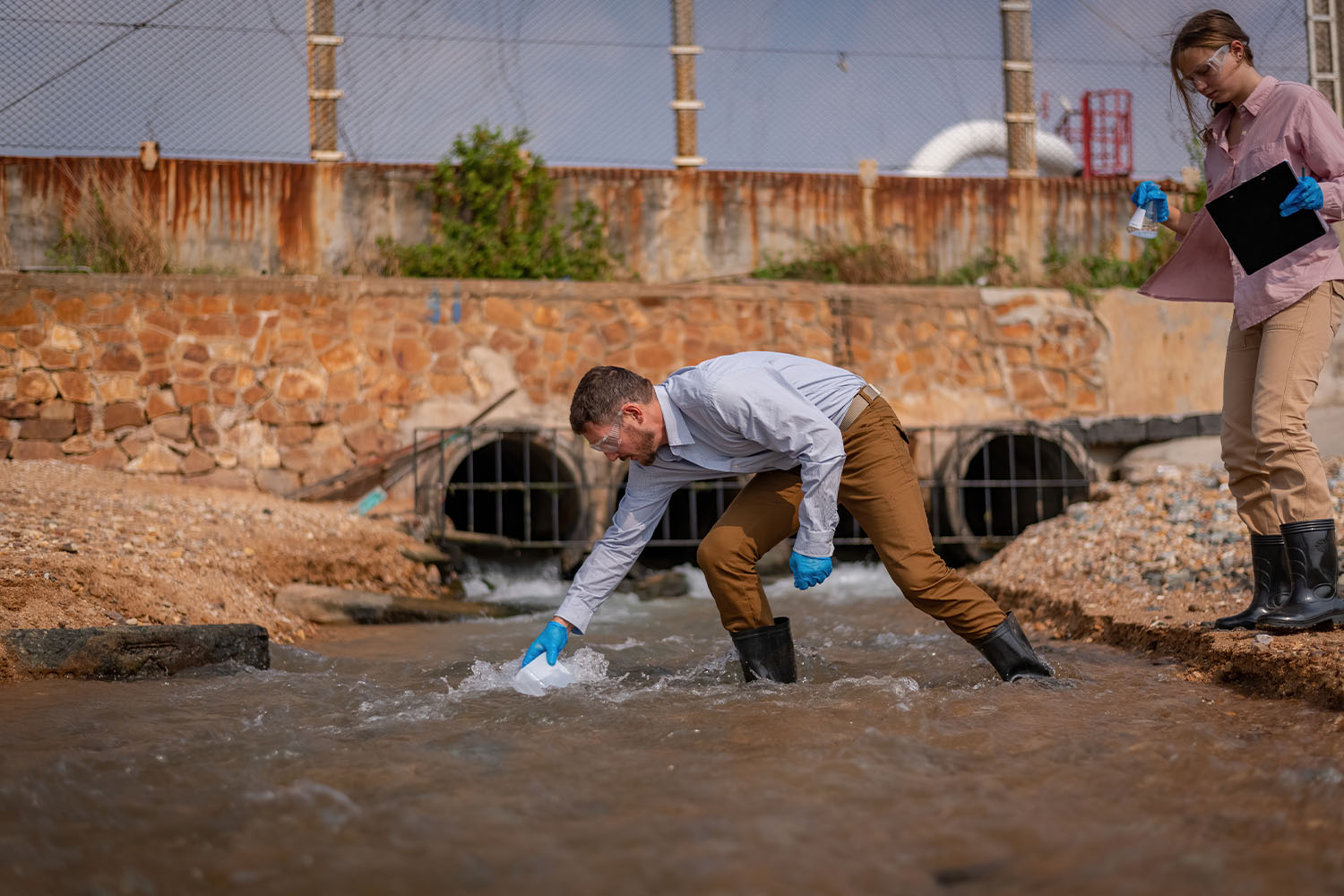
Customer Satisfaction: Our Promise
JWII and Aqua Science: Leading the Way in Bioluminescent Toxicity Testing
Aqua Science Products
-
Aqua Science
Biolight Toxy – Toxicity Testing equipment
Toxicity questions answered by our experts
How do you test for toxicity in water?
Toxicity refers to the effect of a substance on aquatic organisms, rather than to the concentration of the pollutants. In a typical toxicity test a marine organism is exposed to various dilutions of that substance to determine the critical concentration that will affect that species. Correlation studies are carried out to compare and correlate results from various types of marine organisms, for example fish, water fleas and luminescent bacteria.
What does Aquatic Toxicology mean?
How is toxicity of water pollutants tested with aquatic animals?
Firstly a sample of the polluted water in question is collected. This sample is then exposed to aquatic organisms which provide useful markers of water toxicity and are used in many studies of this nature. In an Acute toxicity test the sample is made into a series of dilutions in order to determine an EC50 value, which is the level of pollution that causes 50% mortality of the sample species. Daphnia (common water fleas), and fish can be used but bioluminescent bacteria is typically the simplest way to determine this toxicity due to its reliability, size and ease of reconstitution on the field.
Which toxicity test uses bioluminescent bacteria to measure toxicity?
How do you detect bioluminescence?
Bioluminescence can be measured using a luminometer. These analyzers detect the light output from bioluminescent bacteria. These systems are usually bench mounted or come in portable versions for work in the field. Aqua Science make a range of luminometers for different applications in the research industry.







